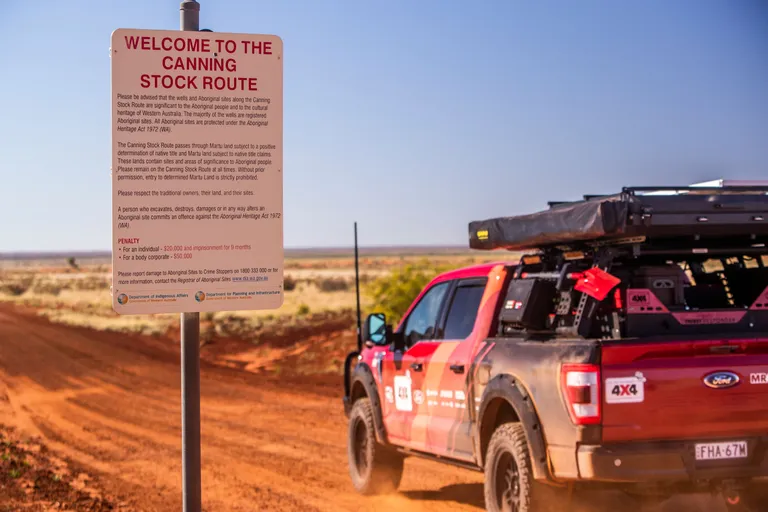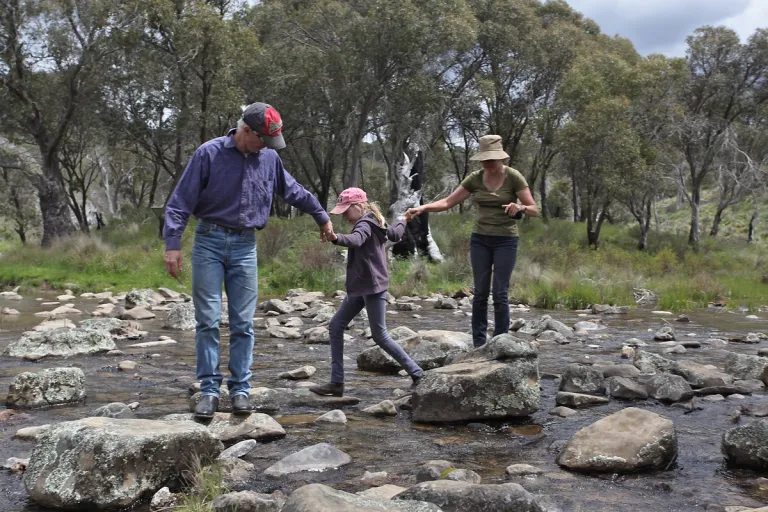The world of 4X4s has always been a reflection of the times—evolving with the changing demands of adventurers and the environments they seek to conquer. If you rewind a few decades, it was petrol engines that ruled the outback. They were the go-to choice in the 50s and 60s, offering a balance of power and simplicity. Back then, petrol was affordable, and its engines were straightforward and easy to fix, making them ideal for remote adventures where a busted radiator hose could be patched up with duct tape and a prayer. But as the demands of off-roading grew, and as environmental and economic pressures started to weigh in, diesel engines took the crown.
Diesels became the dominant force in the 4X4 world thanks to their superior fuel efficiency and torque. They could grunt their way up steep inclines and plough through thick mud with ease, all while sipping fuel rather than guzzling it. Over the years, diesel technology has become more refined, with modern turbo-diesels offering a blend of power, efficiency, and reliability that was unmatched. However, the tides are turning once again. Petrol engines, particularly those with turbocharging, are making a comeback, offering impressive performance that’s catching the eye of 4X4ers again.
Now, we stand on the brink of a new era. Hybrid technology is gaining traction, combining the best of both worlds—petrol and electric—to offer a new kind of 4X4 experience. And beyond that? Electric vehicles are waiting in the wings, poised to revolutionise the industry with their instant torque and near-silent operation. The future of 4X4s is more diverse and more exciting than ever. But what does each powertrain bring to the table? Let’s break it down.

diesel ranger and everest 4wd ford australia
PETROL 4WDs
Petrol engines were the original workhorses of the 4X4 world, and for good reason. Early petrol engines were simple, reliable, and easy to fix—important qualities when you’re well past the black stump and sat phones hadn’t been invented yet. They had a natural ability to rev higher than diesels, which gave them a performance edge, especially in situations where speed and power were needed in bursts, like powering through deep sand or mud.
In recent years, petrol engines have made a bit of a comeback in the 4X4 market. Modern technology has allowed them to become more fuel-efficient and powerful, with turbocharging playing a big role in this renaissance. Turbocharged petrol engines can deliver torque that’s comparable to diesels, but with a smoother and more linear power delivery, making them more versatile in various driving conditions. However, they still have their drawbacks. They typically still offer lower fuel efficiency compared to diesels, particularly when under heavy loads or in demanding off-road conditions. And while they’re great for short bursts of power, they might not be the best for long-haul endurance.

petrol ford f150 australia 4wd
DIESEL 4WDs
Since the late 80’s have been the backbone of the 4X4 world, especially for those who take their touring seriously. The appeal of diesel lies in its efficiency and torque. Diesels are designed to produce maximum torque at low RPMs, which is exactly what you want when you’re crawling over rocks or towing a heavy camper. This characteristic makes diesel 4X4s incredibly capable in tough, low-speed off-road conditions.
Over the years, diesel technology has evolved significantly. Modern diesels are cleaner, more powerful, and more refined than ever before. Turbocharging has become standard, allowing these engines to produce impressive power while being more fuel-efficient than ever. This makes them ideal for long-distance touring, where fuel range is a major concern. However, diesel engines aren’t without their issues. They can be expensive to maintain, and the increasing complexity of emissions systems has made them more prone to costly repairs. There’s also the environmental concern—diesels, even the clean ones, still produce more NOx and particulate matter than petrol engines. And with the global push towards greener technologies, diesel’s future is looking a bit uncertain.
HYBRID 4WDs
Hybrids are the new kids on the block in the 4X4 world, and they’re starting to make waves. A hybrid 4X4 combines a traditional internal combustion engine with an electric motor, offering the best of both worlds—instant torque from the electric motor and the long-range capabilities of a petrol or diesel engine. This combination can make hybrids incredibly versatile, particularly in varied off-road conditions where you might need to switch between different driving modes.
The biggest advantage of hybrid powertrains is their efficiency. They can run on electric power alone for short distances, which is perfect for quiet, low-speed off-roading or just to drop the fuel bill for the Monday to Friday commute. When you need more power, the internal combustion engine kicks in, providing the grunt you need to tackle tougher terrain. Hybrids also offer the benefit of regenerative braking, which can recharge the battery as you drive, extending your range even further.
But hybrids aren’t without their challenges. They’re more complex than traditional powertrains, which can lead to concerns over repairability. The added weight of the batteries can also be a drawback, particularly in off-road situations where every kilogram counts. And while they offer impressive efficiency, hybrids still rely on fossil fuels, so they’re not the perfect green solution. But as technology improves and batteries get lighter and more powerful, hybrids are likely to become a more common sight on the tracks.

BYD Shark Ute 4WD Australia
Photo from Carsales.com.au BYD Shark Ute 4WD
ELECTRIC POWERTRAINS
If you listen to most manufacturers Electric Vehicles (EVs) are the future, and they’re slowly making their way into the bush too. While the technology isn’t quite there yet for widespread touring use, the potential is enormous. Electric motors offer instant torque, which is a game-changer for 4X4ing. This means you get maximum power from a standstill, which can be a huge advantage when you’re trying to climb a steep hill or navigate through tricky rutted terrain. Plus, with electric power, each wheel can be controlled independently, offering unprecedented levels of traction and control.
Another advantage of electric 4X4s is the silent operation. Without the roar of an engine, you can better hear the sounds of the bush, and you can actually hear what your tyres are doing—something that can make a big difference when you’re trying to pick the best line through a rocky trail.
However, there are still significant challenges to overcome before electric 4X4s become mainstream. The biggest issue is range. Off-roading often takes you far from charging infrastructure, and while battery technology is improving, it’s not yet at the point where you can confidently tackle a multi-day adventure in an electric 4X4. There’s also the issue of battery weight, which can be a drawback in some off-road situations. But perhaps the biggest challenge is the perception that electric vehicles are overly complex. The reality, though, is that electric drivetrains are simpler than modern internal combustion engines. They have fewer moving parts, require less maintenance, and offer a more straightforward driving experience. In many ways, the simplicity of electric power could be what eventually makes it the preferred choice for 4X4ers in the future.
So, where does that leave us?
The 4X4 world is at a crossroads, with traditional powertrains coexisting alongside new, greener technologies. Each has its strengths and weaknesses, and the right choice depends on your needs and your adventures. But one thing is clear—the future of 4X4s is looking more economical and quieter than ever. It’ll take a few more years for electrics to fully take over, but the day is coming when the old lumpy idle of a diesel chugging up a hill will be replaced by the quiet hum of an electric motor. And when that day comes, we might just find that simplicity has returned to 4X4ing, in a way that we never expected.
Comprehensive Car Insurance
For 4WDs, Caravans and Camper Trailers





